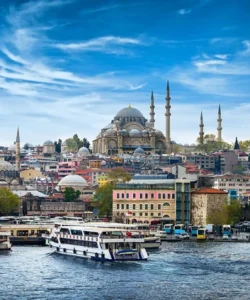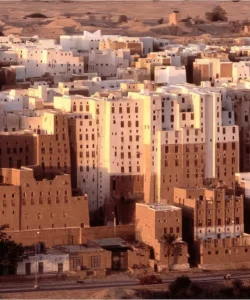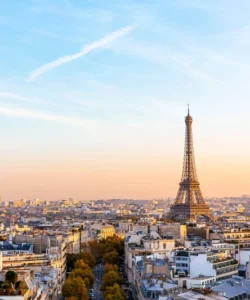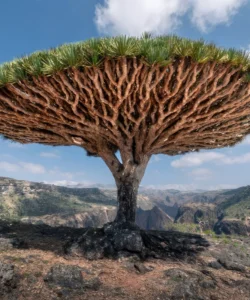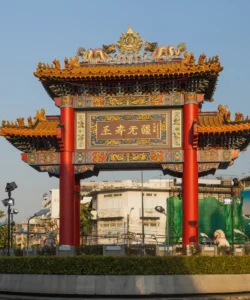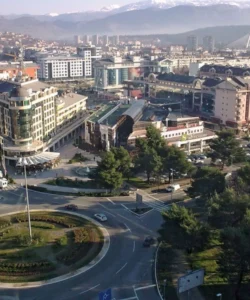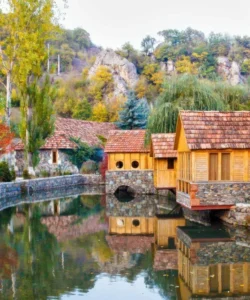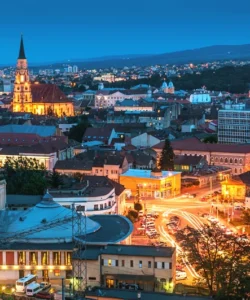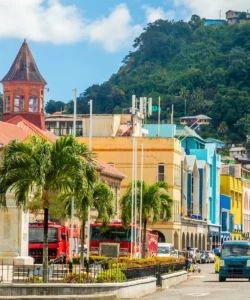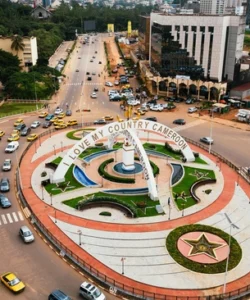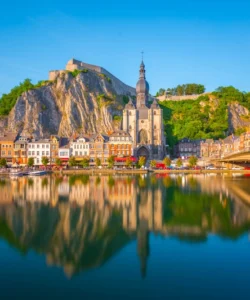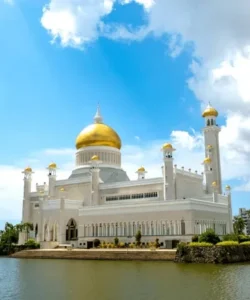Uruguay is a small, democratic country located in southeastern South America, nestled between Brazil and Argentina. It’s known for its stable democracy, relaxed lifestyle, beautiful beaches, and excellent beef.
![]()
Area and Population:
Uruguay covers an area of approximately 176,215 km² (68,037 sq mi). Its population is estimated to be around 3.5 million inhabitants (as of 2024), making it one of the least populous countries in South America.
Language:
The official language of Uruguay is Spanish, with a distinctive Rioplatense accent, very similar to that spoken in Buenos Aires, Argentina. Portuguese is also commonly understood and spoken in border regions with Brazil.
Currency:
The currency of Uruguay is the Uruguayan Peso (UYU). The U.S. dollar is also widely accepted, especially for larger transactions and in tourist areas.
Religion:
Uruguay stands out in Latin America for its high degree of secularism. While Catholicism is historically the largest religious group, a significant portion of the population identifies as non-religious or atheist. Protestantism and other faiths are also present, but the separation of church and state is very strong, and religious practice is generally more private than in many neighboring countries.
Capital:
The capital city of Uruguay is Montevideo, located on the Río de la Plata (River Plate). It’s a vibrant port city with a rich history, a relaxed pace, and a growing cultural scene.
Major Cities:
Besides Montevideo, other significant cities and towns in Uruguay include:
- Punta del Este: A world-renowned beach resort town on the Atlantic coast, famous for its luxurious hotels, lively nightlife, and beautiful beaches, particularly popular in the South American summer.
- Colonia del Sacramento: A charming historic city on the Río de la Plata, a UNESCO World Heritage site known for its well-preserved colonial architecture.
- Salto: A city in the northwest, known for its thermal hot springs and citrus production.
- Paysandú: Another city in the west, also known for its thermal resorts.
- La Paloma / La Pedrera: Relaxed coastal towns further east, popular with surfers and a bohemian crowd.
Attractions and Wonders:
Uruguay’s attractions often emphasize its beautiful coastline, historic sites, and cultural experiences.
- Colonia del Sacramento: Explore its cobblestone streets, historic lighthouse, old city gate, and museums. It’s an easy and popular day trip or overnight stay from Buenos Aires.
- Montevideo: Visit the Ciudad Vieja (Old City) with its colonial architecture, Plaza Independencia, Teatro Solís, Mercado del Puerto (Port Market) for traditional food, and the Rambla (coastal promenade).
- Punta del Este: Enjoy its beautiful beaches (Mansa and Brava), the iconic “La Mano” (The Hand) sculpture, lively nightlife, and sophisticated atmosphere.
- Jose Ignacio: A chic, bohemian beach town near Punta del Este, known for its relaxed luxury and excellent dining.
- Thermal Hot Springs (Termas): Located primarily in the northwest (e.g., Salto and Paysandú), these resorts offer relaxation in mineral-rich waters.
- Rural Tourism (Estancias): Experience traditional Uruguayan ranch life, including horseback riding, sheep shearing, and enjoying traditional meals on a working estancia.
- Beaches of Rocha Department: A string of beautiful, less developed beaches like Cabo Polonio (a remote, off-the-grid village accessible by sand vehicle), La Pedrera, and La Paloma, popular with surfers and nature lovers.
- Carnival in Montevideo: While not as famous as Brazil’s, Montevideo’s Carnival is the longest in the world, featuring unique candombe parades and street performances.
Architecture:
Uruguayan architecture reflects a blend of colonial and European influences, with Montevideo showcasing various styles:
- Colonial Architecture: Most prominently seen in Colonia del Sacramento, with Portuguese and Spanish colonial buildings. In Montevideo, some colonial remnants exist in the Ciudad Vieja.
- Art Deco and Neoclassical: Montevideo has a significant number of beautiful Art Deco buildings and grand Neoclassical structures, particularly around the city center and historic districts.
- Modern and Contemporary: Newer urban developments and commercial areas feature contemporary designs.
- Rambla Architecture: The residential areas along Montevideo’s extensive Rambla feature a mix of early 20th-century villas and modern apartment buildings.
Roads:
Uruguay has a well-developed and generally well-maintained road network, especially the national routes connecting major cities and tourist destinations. The country’s relatively flat topography makes road travel straightforward. Bus services are efficient and a popular way to travel between cities. Driving is also a pleasant experience due to the good road conditions.
Hotels:
Uruguay offers a range of accommodation options. In Montevideo, you’ll find international hotel chains, boutique hotels, and various mid-range and budget hotels and hostels. Punta del Este has numerous luxury resorts, high-end hotels, and apartments for rent. In other towns and rural areas, there are charming guesthouses (posadas), traditional estancias, and more modest hotels.
Restaurants and Cuisine:
Uruguayan cuisine is heavily influenced by its European heritage (Italian and Spanish) and its strong tradition of beef consumption.
- Key Dishes:
- Asado: Similar to Argentina, traditional Uruguayan barbecue, with various cuts of beef grilled to perfection over embers. It’s a central part of the culture.
- Chivito: Uruguay’s iconic sandwich, typically featuring a thin slice of steak, ham, cheese, bacon, egg, lettuce, tomato, and mayonnaise, served on a bun. It’s huge and delicious.
- Parrillada: A mixed grill platter of various meats and offal.
- Milanesa: Breaded and fried thin cut of meat (beef or chicken), very popular.
- Pasta and Pizza: Due to significant Italian immigration, pasta and pizza are staples and prepared with local twists.
- Dulce de Leche: A beloved sweet caramel spread, used in many desserts.
- Media Lunas: Croissant-like pastries, a popular breakfast item.
- Mate: A traditional herbal infusion, a social ritual similar to Argentina and Paraguay, consumed throughout the day from a gourd with a metal straw.
- Restaurants: Montevideo offers a diverse culinary scene, from traditional parrillas (steakhouses) and Italian restaurants to modern international dining. The Mercado del Puerto is a must-visit for grilled meats. Punta del Este has a wide array of upscale restaurants. Throughout the country, local eateries provide hearty and authentic Uruguayan fare.

